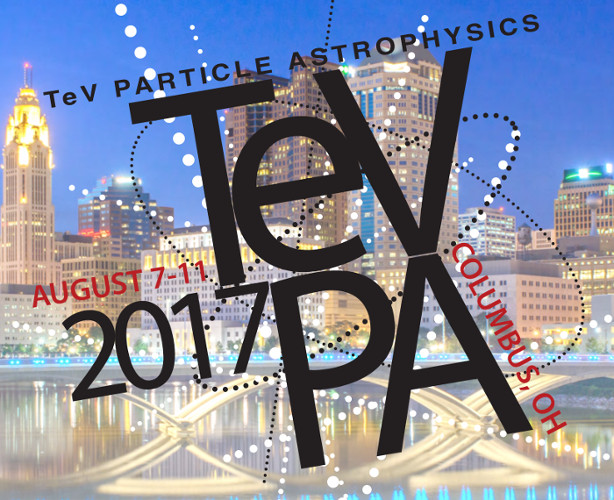Speaker
Description
It is widely believed that Galactic Cosmic Rays (CR) are accelerated in Supernova Remnants (SNRs) through the process of diffusive shock acceleration. In this scenario, particles should be accelerated up to energies around 1 PeV (the so-called 'Knee') and emit gamma rays. To test this hypothesis, precise measurements of the gamma-ray spectra of young SNRs at TeV energies are needed. Among the already known SNRs, Cassiopea A (Cas A) appears as one of the best candidates for such studies. It is relatively young (about 300 years) and it has been largely studied in radio and X-ray bands, which constrains essential parameters for testing emission models, such as the magnetic field. We will present the results of a multi-year campaign of Cas A with the MAGIC Imaging Atmospheric Cherenkov Telescopes for a total of 158 hours of good-quality data. We obtained a spectrum of the source from 100 GeV to 10 TeV and fit it assuming it follows a power-law distribution, with and without an exponential cut-off. We found, for the first time in Very High Energy (VHE, E>100GeV), observational evidence for the presence of a cut-off in Cas A. Assuming that TeV gamma rays are produced by hadronic processes and that there is no significant cosmic ray diffusion, this indicates that Cas A is not a PeVatron (PeV accelerator) at its present age.

